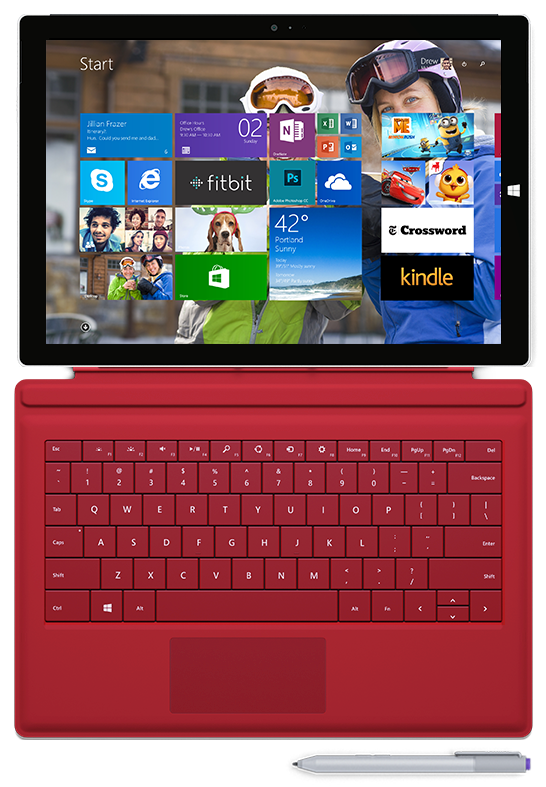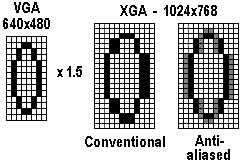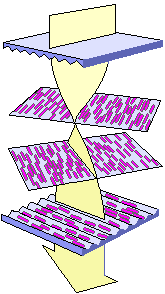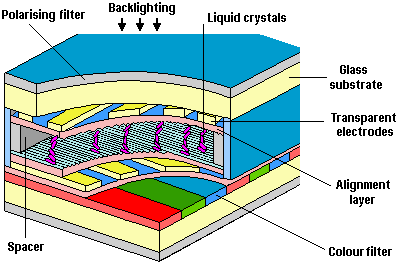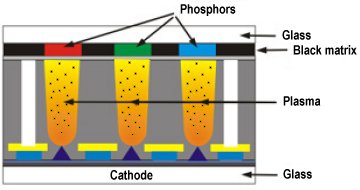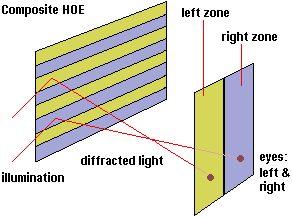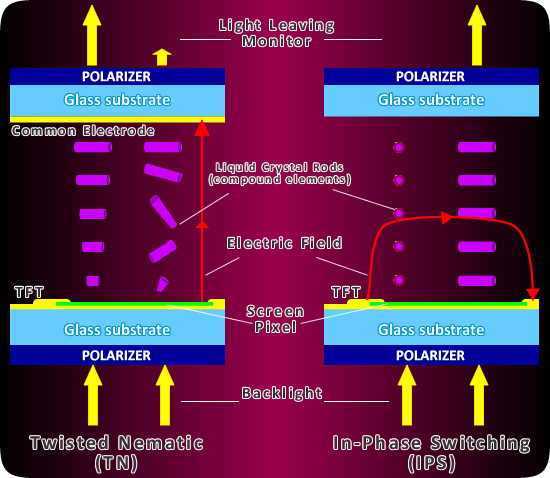Surface Pro 3 is believed to be Microsoft’s best bet against all other hybrid gadgets for 2014. Introduced in June, the laptop/tablet have undergone some tweaks and now the improved product is featured on various tech sites as an unmatched revolutionary hybrid with better enhancements while some … [Read more...]
LCD Resolution and Scaling
LCDs follow a different set of rules than CRT displays offering advantages in terms of bulk, power consumption and flicker, as well as "perfect" geometry. They have the disadvantage of a much higher price, a poorer viewing angle and less accurate colour performance. While CRTs are … [Read more...]
LCD Light Polarisation
LCD is described as a transmissive technology because the display works by letting varying amounts of a fixed-intensity white backlight through an active filter. The red, green and blue elements of a pixel are achieved through simple filtering of the white light. Most liquid crystals … [Read more...]
Creating Colour in LCD Displays
In order to create the shades required for a full-colour display, there have to be some intermediate levels of brightness between all-light and no-light passing through. The varying levels of brightness required to create a full-colour display is achieved by changing the strength of the … [Read more...]
DSTN LCD monitors
A normal passive matrix LCD comprises a number of layers. The first is a sheet of glass coated with metal oxide. The material used is highly transparent material so as not to interfere with the quality of the image's integrity. This operates as a grid of row and column electrodes which passes the … [Read more...]
Digital Flat Panels
An important difference between CRT monitors and LCD panels is that the former require an analogue signal to produce a picture and the latter require a digital signal. This fact makes the setup of an LCD panel's position, clock and phase … [Read more...]
FED Flat Panels
Some believe FED (field emission display) technology will be the biggest threat to LCD's dominance in the panel display arena. FEDs capitalise on the well-established cathode-anode-phosphor technology built into full-sized CRTs using this in … [Read more...]
Flat Panel Feature Comparisons
The table below provides a feature comparison between a 13.5in passive matrix LCD (PMLCD) and active matrix LCD (AMLCD) and a 15in CRT monitor: Display Type Viewing Angle Contrast Ratio Response Speed Brightness Power … [Read more...]
HAD Flat Panels
All of the displays discussed hitherto - whether they're made of liquid crystal, phosphors or plastic - have one thing in common; they're two-dimensional. However, British start up Reality Vision is in discussion with a number of foreign … [Read more...]
IPS – In-Plane Switching LCD Monitors
In-Plane Switching (IPS) was one of the first refinements to produce significant gains in the light-transmissive characteristics of TFT panels. Jointly developed by Hosiden and NEC, it is a technology that addresses the two main issues of a standard twisted nematic (TN) TFT … [Read more...]
